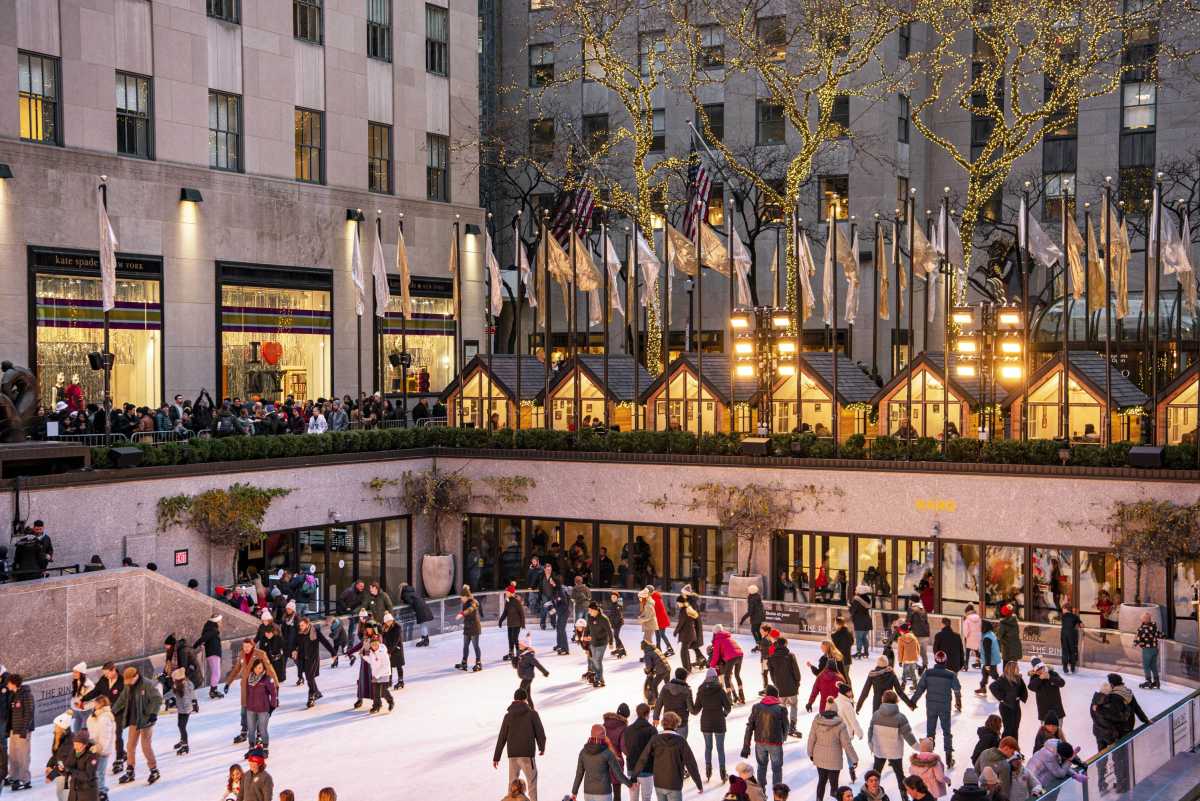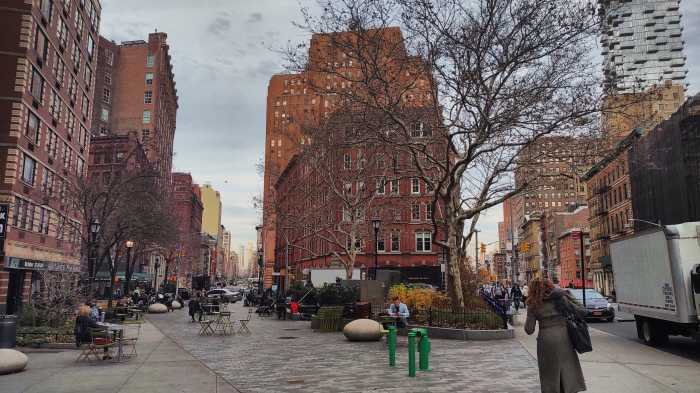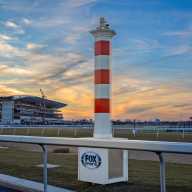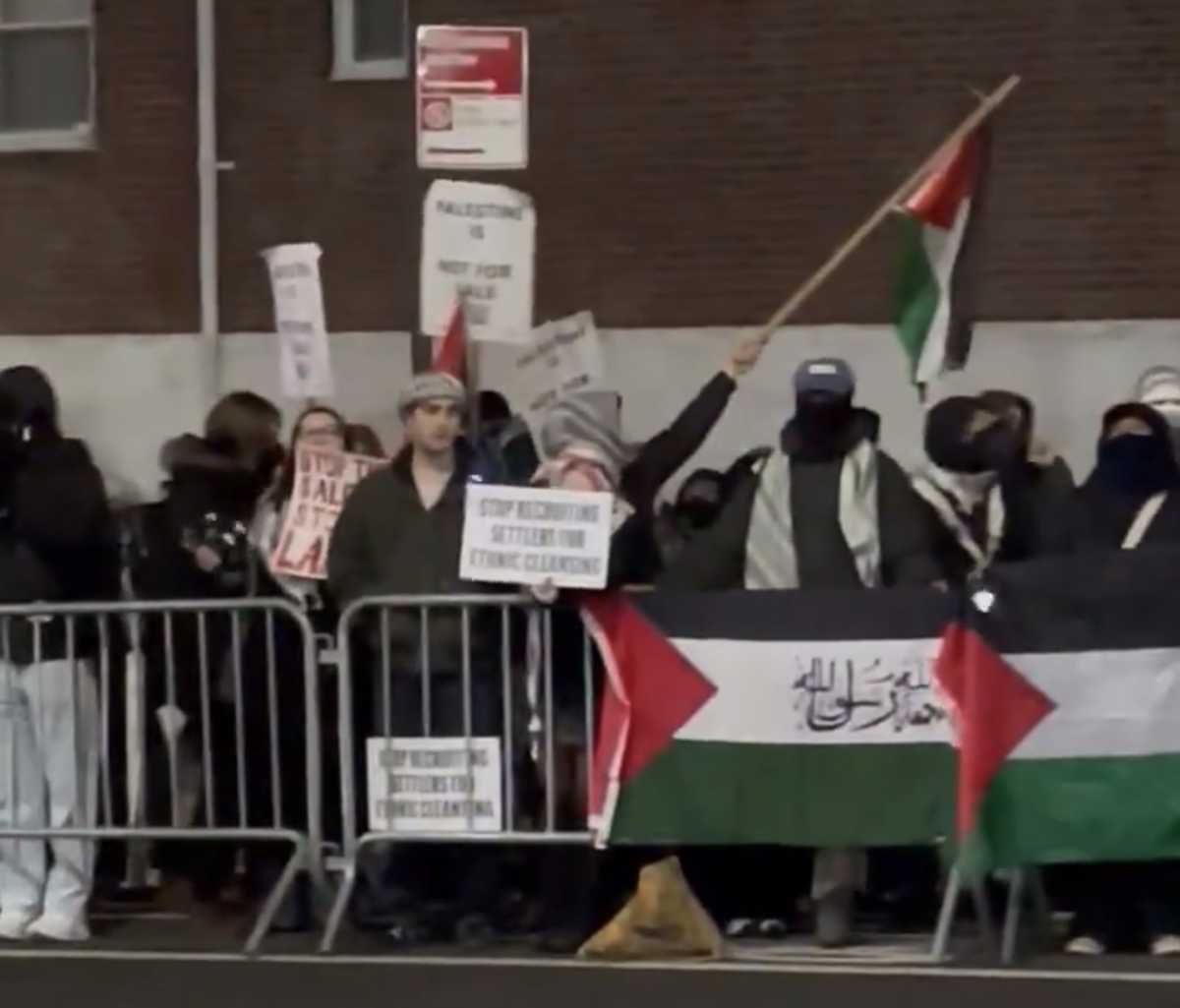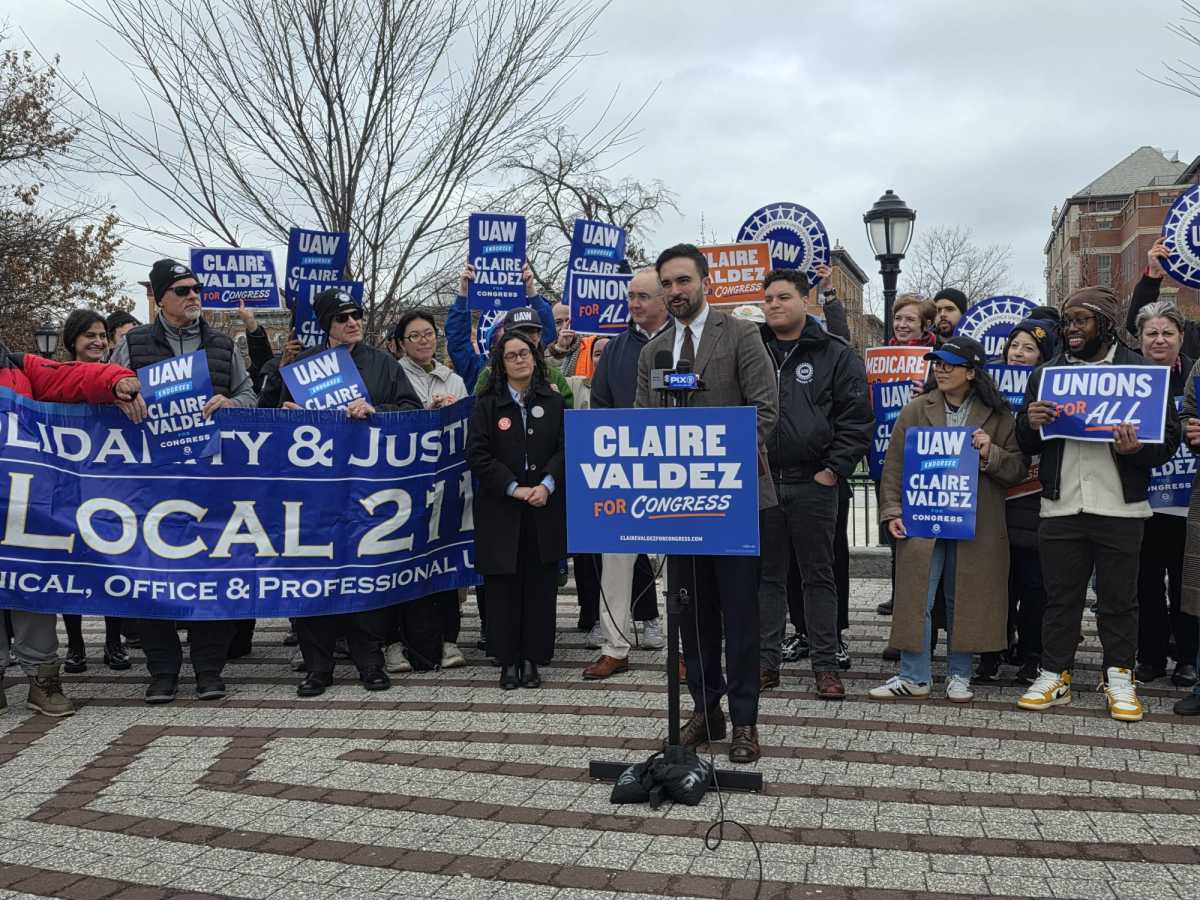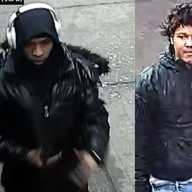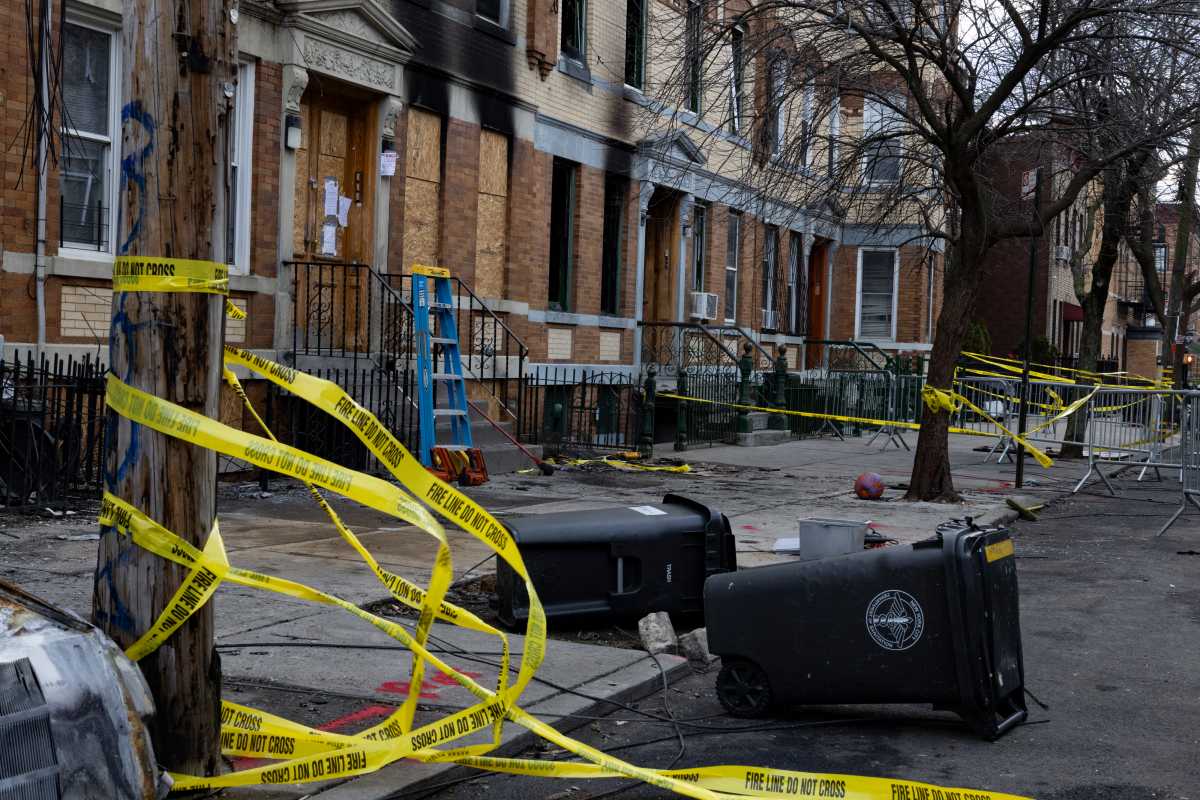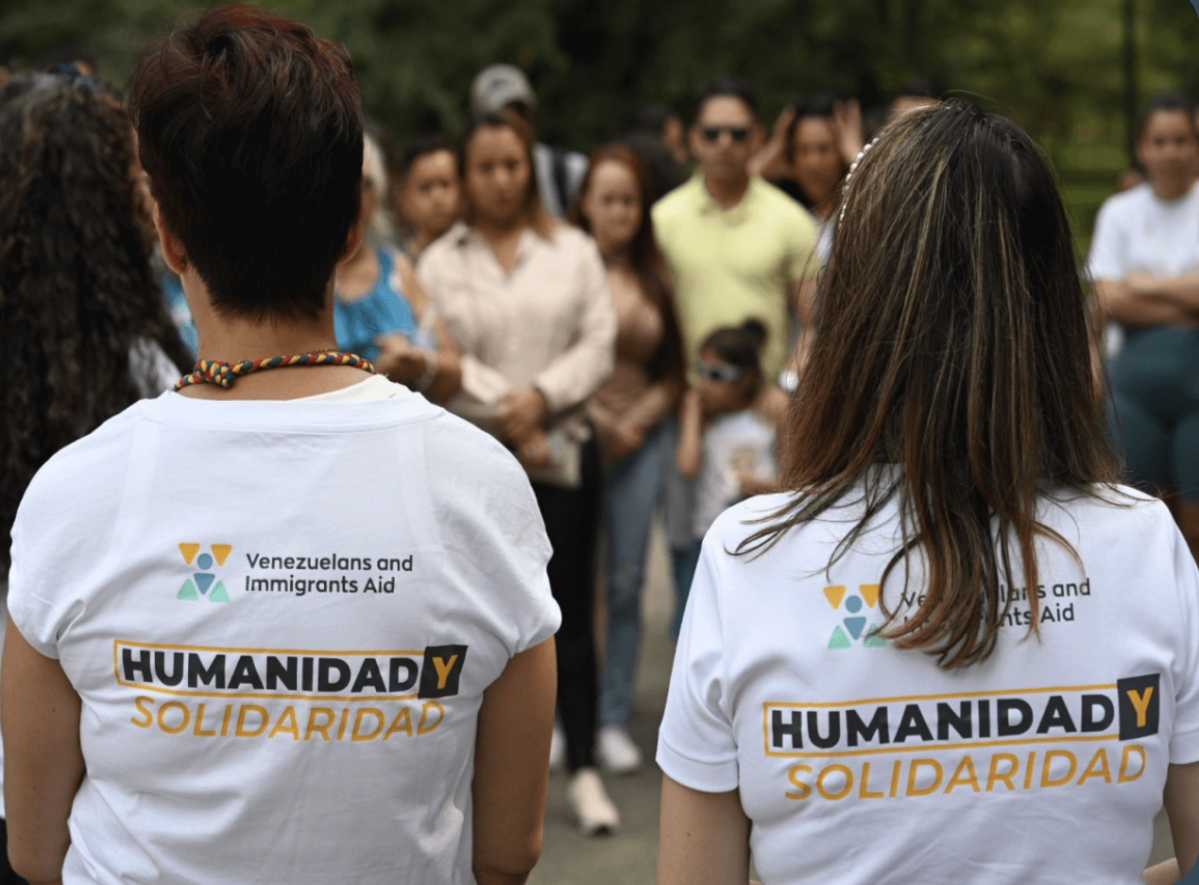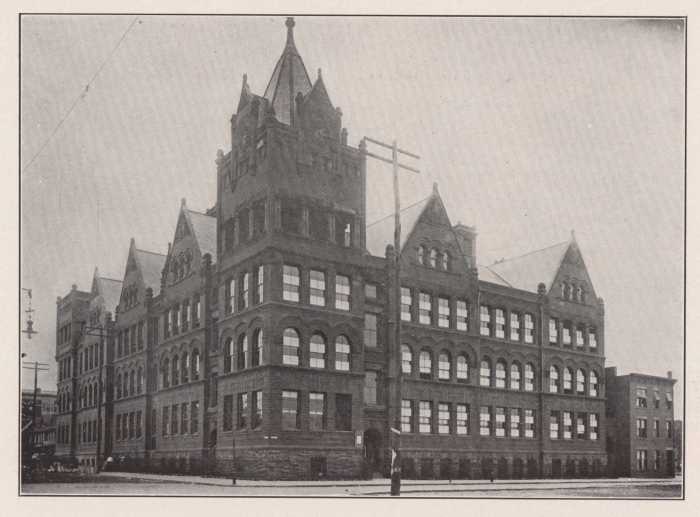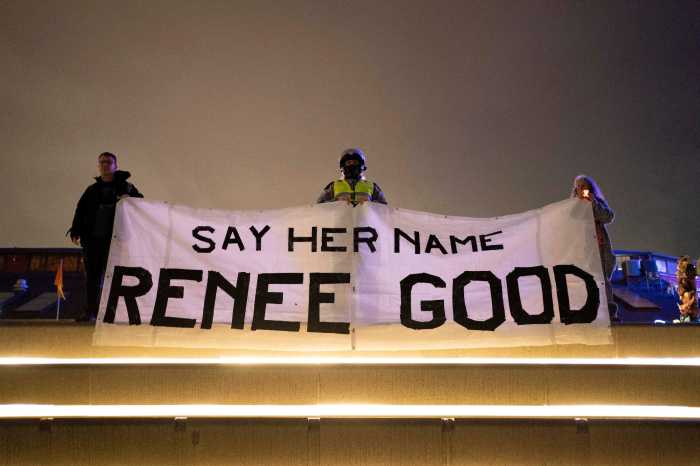-
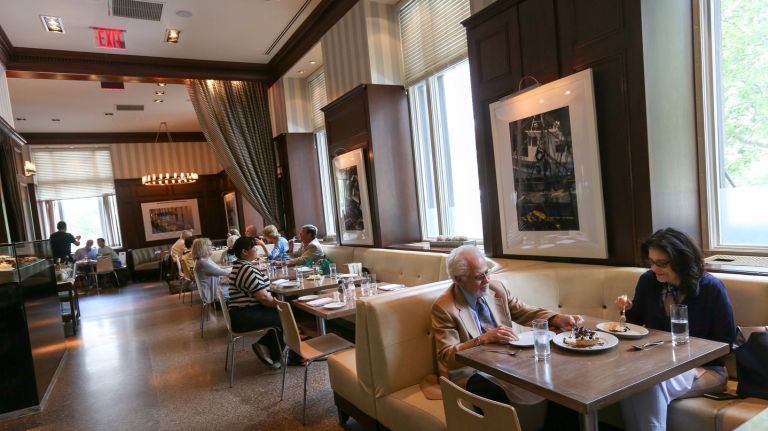 Ed’s Chowder House
Ed’s Chowder House44 W. 63rd St.
Dine on lobster rolls and various chowders at this upscale neighborhood mainstay.
Old John’s Luncheonette
148 W. 67 St.
A tiny, out-of-the-way spot known for its comfort food and friendly staff. Tucked away on West 67th street, it’s frequented by locals who crave grilled cheeses and homemade French fries.
Il Violino
180 Columbus Ave.
This Italian eatery offers classics like fried calamari and lasagna with a large wine selection.
” data-id=”111895227″ data-link=”https://www.amny.com/wp-content/uploads/2019/10/25709_image.jpg” class=”wp-image-1.11895227″/>Photo Credit: Linda Rosier -
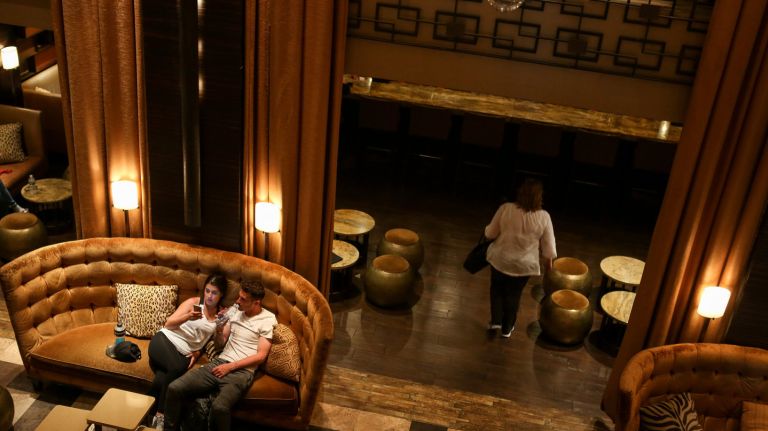 P.J. Clarke’s
P.J. Clarke’s44 W. 63rd St.
A legendary bar and restaurant across from Lincoln Center that is popular with the post-performance and after-work crowd.
Empire Hotel
44 W. 63rd St.
See stunning views of Lincoln Center and Broadway from this chic 12th-floor rooftop bar.
Nick & Toni’s Cafe
100 W. 67th St.
It isn’t uncommon to see a celebrity or two holding court at this well-stocked bar.
212-496-4000
” data-id=”111895229″ data-link=”https://www.amny.com/wp-content/uploads/2019/10/25710_image.jpg” class=”wp-image-1.11895229″/>Photo Credit: Linda Rosier -
 The Juilliard Store
The Juilliard Store
10 Lincoln Center Plaza
Stock up on sheet music and gifts along with T-shirts from this world-renowned performing arts conservatory.
Maille
185 Columbus Ave.
Find gourmet mustards, vinegars and other specialties, including flavored olive oils.
67 Wine & Spirits
179 Columbus Ave.
Get ready to host dinner or a party at home at this neighborhood liquor store.
” data-id=”111895339″ data-link=”https://www.amny.com/wp-content/uploads/2019/10/15043_image.jpg” class=”wp-image-1.11895339″/>Photo Credit: Linda Rosier -
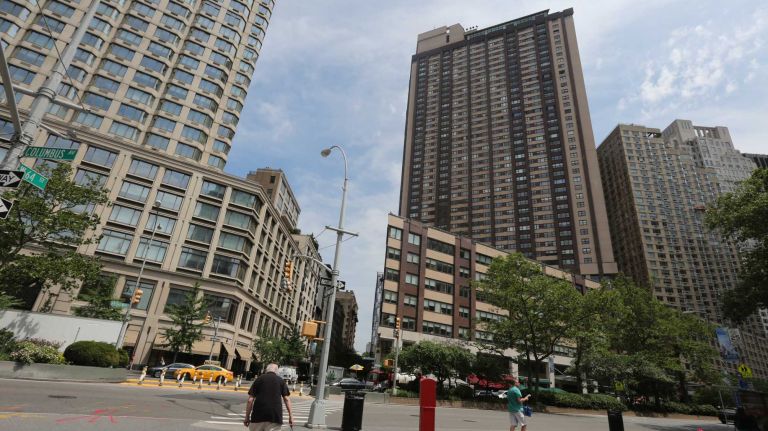 Trains:
Trains:1 to 66th Street/Lincoln Center
Buses:
M5, M7, M10, M11, M20, M57, M66, M72, M104
” data-id=”111895337″ data-link=”https://www.amny.com/wp-content/uploads/2019/10/15045_image.jpg” class=”wp-image-1.11895337″/>Photo Credit: Linda Rosier -
 Median recorded sales price: $1,390,000
Median recorded sales price: $1,390,000
Number of sales units: 830
Median rental price: $3,895
Number of rentals: 3,225
(Source: StreetEasy)
” data-id=”111895233″ data-link=”https://www.amny.com/wp-content/uploads/2019/10/25711_image.jpg” class=”wp-image-1.11895233″/>
Photo Credit: Linda Rosier -
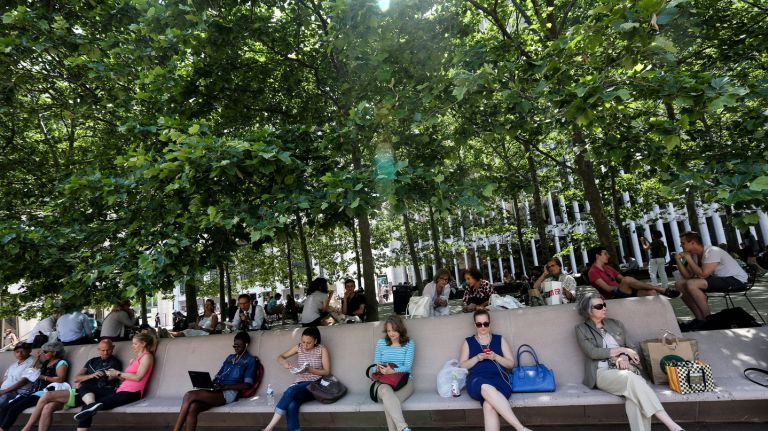 A new public school is under construction at 21 West End Ave. at 61st Street that could help relieve overcrowding in schools in the neighborhood.
A new public school is under construction at 21 West End Ave. at 61st Street that could help relieve overcrowding in schools in the neighborhood.P.S./I.S. 342 will take up the first four floors of the new luxury tower Riverside Center and is slated to serve 488 students from Pre-K through eighth grade.
Its planned opening date was set back several times over the years due to delays in the development’s construction, but a representative from the Department of Education said that the school is slated to open by September 2018.
The neighborhood’s schools have faced persistent overcrowding for years due to an influx of new residents, locals said.
“There’s a tension between real estate and access to public schools and recognizing that there is a shortage of seats, and one of those things that we hope will mitigate that is the construction in Riverside of the new public school,” said Elizabeth Caputo, the chair of Community Board 7. “We’re very fortunate that we have good public schools in this neighborhood, but if anything has been a challenge it’s when you have a lot of people living in a dense area and accommodating for them.”
” data-id=”111895232″ data-link=”https://www.amny.com/wp-content/uploads/2019/10/20591_image.jpg” class=”wp-image-1.11895232″/>Photo Credit: Linda Rosier
When walking through the Upper West Side between 60th and 69th streets, it’s possible to forget that it’s just a few minutes away from bustling midtown.
People walking dogs and parents with children traverse the area’s quieter streets, lending a stark contrast to the commercial vibes found 10 blocks below.
Sandwiched between Central Park to the east and Riverside Park South at the Hudson River, and with Lincoln Center at its center, this section of the Upper West Side is a sort of refuge for families and residents seeking a serene space in the heart of Manhattan.
The seven-acre Riverside Park South, which starts on West 59th street and stretches beyond 69th, includes a dog park, baseball field, basketball courts and open waterfront for joggers and cyclists. Central Park’s nearby amenities include the 15-acre Sheep Meadow, a bike path and several playgrounds.
For dining, locals head to Broadway and Columbus Avenue, where many of the restaurants offer outdoor seating in warm months. Favorites include Cafe Fiorello, an Italian restaurant that opened across the street from Lincoln Center more than 35 years ago, and Bar Boulud, a French bistro known for its charcuterie — both on Broadway.
At its core, the neighborhood boasts the Lincoln Center for the Performing Arts complex, also known as Lincoln Square, from 65th to 66th streets between Columbus and Amsterdam avenues. It is the cultural hub of not just the city but also the world.
Dance, music, opera and theater performances are held daily all throughout the year at Lincoln Center. This summer’s Lincoln Center Festival will run from July 13-31 and will include performances of Shakespeare’s “The Merchant of Venice,” the new Chinese opera “Paradise Interrupted,” and more.
“It is still pretty diverse by income and profession and it’s seen by some as a place where young families want to come and live,” said Elizabeth Caputo, chair of Community Board 7 and a longtime resident, of the West 60th streets. “You have a fair number of students here, people going to Fordham [University] and Juilliard [School], you have a lot of young professionals and then you have a lot of people who have moved here just before they’re retiring and want access to the cultural institutions.”
Starting in the late 1990s, the neighborhood experienced major development along its waterfront. Trump Place luxury apartments and Riverside Park South were both built on what was formerly a train yard.
“I’ve come to think of the Upper West Side as the most suburban part of Manhattan,” said Tiga McLoyd, a real estate agent for Citi Habitats who works in the area and has been a resident since 2002. “We see a lot of families because the Upper West has the best park access than any part of the city. … But we also get a lot of young working people because our train access is really good.”
But a few blocks away from the glitz of the riverside development is Amsterdam Houses, a public housing project built in 1947 that consists of 13 buildings and more than 2,000 residents. The red brick facade of the buildings makes for a stark juxtaposition to the sleek luxury properties surrounding them.
For those who aren’t in the affordable housing, homes in the West 60th streets can fetch steep prices, which are on the rise, data show.
The median sales price in the neighborhood was $1,390,000 in 2015, up 46% from $950,000 in 2014, according to StreetEasy. The median sales price for Manhattan as a whole in 2015 was $977,500.
In 2015 the median recorded sales price for a condo in the West 60s was $2,254,332, about 50% more than the overall borough median of $1,501,919, the listings site found. The median sales price for co-op in the neighborhood, however, was $750,000, 5% greater than the overall borough median of $712,733.
The median rent in the West 60s was $3,895 in 2015, compared to $3,200 for the borough.
But despite the perks living in the area comes with, some younger locals say it can be a bit dull at night.
“It does get a little dry living in a family neighborhood. You don’t see much action past 10 p.m. The streets are pretty empty and there aren’t many people walking around,” said Katie McNamara, a 30-year-old district sales manager who has lived in the West 60s for two years. “I sometimes feel like the only single person here.”
But others love the family vibes.
“My husband and I moved here because we got lonely in the suburbs. Here everyone is really close and we have friends and family that are close,” said one-year resident Bonnie Horowitz, 67, who co-owns a software company with her husband based in Bayville, Long Island. “I like that it’s got a pretty good cross section of people. We have people from everywhere here and somehow we all get along.” (WITH CARL STOFFERS)
Find it:
The West 60s sit between Central Park and the Hudson River, and run from West 60th to West 69th streets.





